Keynote Speeches
-
Professor Ioannis Pitas
Aristotle University of Thessaloniki, Greece -
Professor Qionghai Dai
Tsinghua University, China -
Professor Patrizio Campisi
Dept. of Applied Electronics at the Universita degli Studi "Roma TRE", Italy -
Professor Wan-Chi Siu
Hong Kong Polytechnic University, Hong Kong -
Professor Sin-Horng Chen
Department of Electrical and Computer Engineering, Taiwan
Professor Ioannis Pitas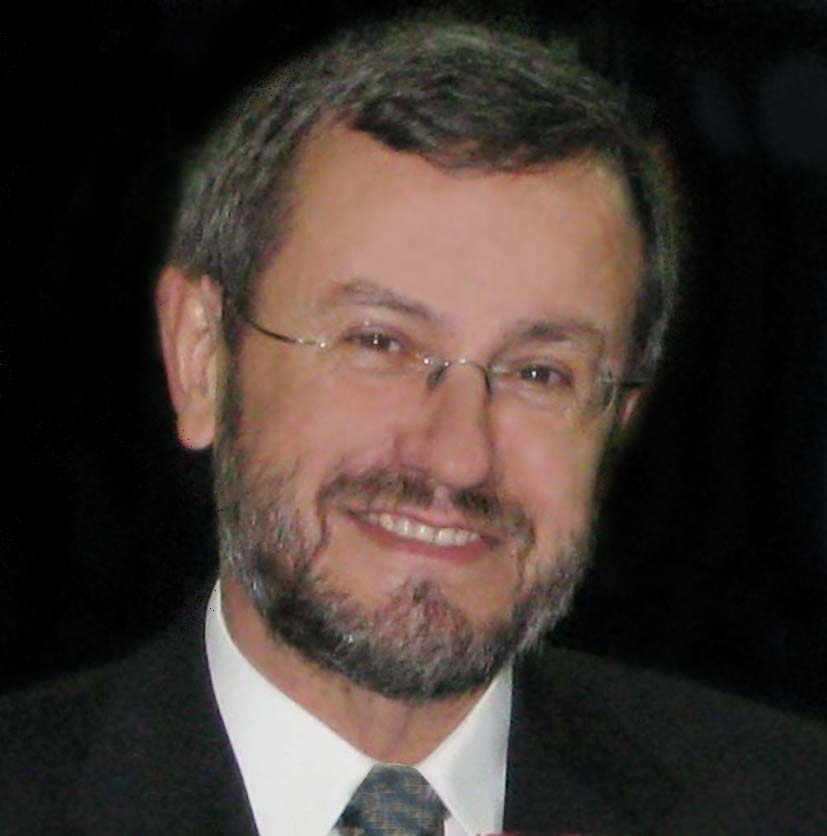 |
|
|
|
| Topic: | Human activity recognition for video content analysis and description |
| Abstract: |
Novel approaches for representing and recognizing multi-view human activities for video content analysis and description, will be presented. Movements are considered as sequences of consecutive human body poses or other space-time representations (such as interest points) observed by one or more viewing angles. |
| Biography: | IOANNIS PITAS received the Diploma of Electrical Engineering in 1980 and the PhD degree in Electrical Engineering in 1985, both from the University of Thessaloniki, Greece. Since 1994 he has been a Professor at the Department of Informatics, University of Thessaloniki, Greece. From 1980 to 1993 he served as Scientific Assistant, Lecturer, Assistant Professor, and Associate Professor in the Department of Electrical and Computer Engineering at the same University. Heleads funded R&D projects in CERTH/ITI. He is an IEEE fellow (2007), IEEE Distinguished Lecturer (2012) and EURASIP fellow (2013). He served as Visiting Professor and ASI fellow at the University of British Columbia, Canada, as Visiting Professor at Yonsei University, Korea, Ecole Polytechnique Federale de Lausanne, Switzerland, at Tampere University of Technology, Finland, as Visiting Assistant Professor at the University of Toronto and as a Visiting Research Associate at the University of Toronto, Canada and at the University of Erlangen-Nuernberg, Germany. He was Chair of the School of Graduate studies in computer science at the University of Thessaloniki. He cooperates with CERTH/ITI in funded R&D projects. His current interests are in the areas of intelligent digital media, digital image/video processing, multimedia signal processing, human centered computing computational intelligence and computer vision. He has published over 700 papers, contributed in 39 books and authored, co-authored, edited, co-edited 8 books in his area of interest. He is the co-author of the books "Nonlinear Digital Filters: Principles and Applications" (Kluwer, 1990), '3D image processing algorithms' (Wiley 2000). He is the author of the books 'Digital Image Processing Algorithms' (Prentice Hall, 1993), 'Digital image processing algorithms and applications' (Wiley 2000), 'Digital image processing' (in Greek, 1999). He is the editor of the book "Parallel Algorithms and Architectures for Digital Image Processing, Computer Vision and Neural Networks" (Wiley, 1993) and co-editor of the book 'Nonlinear Model-Based Image/Video Processing and Analysis' (Wiley 2000). He is also the editor of the book "Digital Television and digital video processing" (in Greek 2010). Dr Pitas has been member ofthe European Community ESPRIT Parallel Action Committee. He had 10 academic occupation and visits in universities abroad. He co-organized 12 special sessions in conferences, 8 special issues in scientific journals. He is/was editor in 22 journals. He gave 49 invited lectures, was member ofthe program committee of more than 248 scientific conferences and workshops and was chair of more than 39 conference sessions. He supervised 16 completed PhD theses. He was reviewer in 52 scientific journals, 290 conferences, 33 R&D funding agencies and 4 publishers. He participated in 20 national and international committees and he had a major rolein the organization of 14 conferences. He participated in 67 R&D projects, is/was principal investigator/researcher in 40 competitive R&D projects, mostly funded by the European Union. He is/was Associate Editor of the IEEE Transactions on Circuits and Systems, IEEE Transactions on Neural Networks, IEEE Transactions on Image processing, IJIG Journal, IEICE, Circuits Systems and Signal Processing (CSSP), co-editor of Multidimensional Systems and Signal Processing, member of the editorial board of 6 journals and guest editor in 8 special journal issues. He was chair of the 1995 IEEE Workshop on Nonlinear Signal and Image Processing (NSIP95). He was technical chair of the 1998 European Signal Processing Conference. He was the general chair of IEEE ICIP2001. He was co-chair of the 2003 International workshop on Rich media content production. He was technical co-chair of the 2003 Greek Informatics conference (EPY). He was chair of the TC on Digital Signal Processing of the IEEE Circuits and Systems Society. He was vice-chair of the TC on image processing and multidimensional signal processing of the IEEE Signal Processing Society. He was member of the National Research Council of Greece. He has received the 2009 best cited author award by Aristotle University of Thessaloniki (8500+ citations in 2009). The number of citations to his work by third authors is 15700+ (Publish or Perish), 5500+ (Scopus). His H-index is 62+, (source Publish or Perish), 37+ (Scopus), date: October 2012. |
Professor Qionghai Dai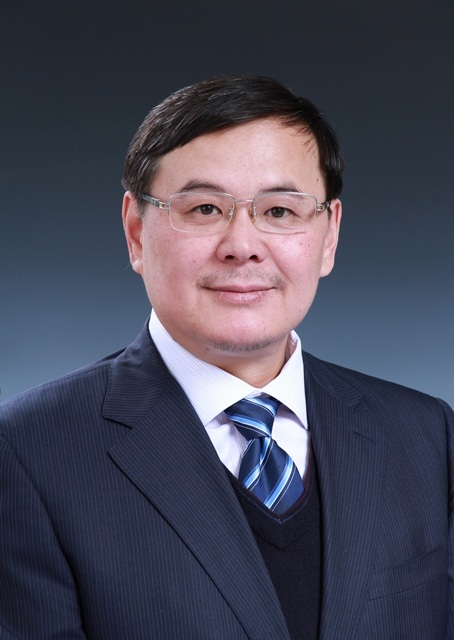 |
|
|
|
| Topic: | Ultra-fast Lens-less Computational Imaging |
| Abstract: |
Pulsed femtosecond illumination along with ultra-fast picosecond sensors can produce visual information at effectively one trillion frames per second. |
| Biography: |
Qionghai Dai, born in Dec. 1964, received his M.E. and Ph.D. degrees in computer science and automation from Northeastern University, Shenyang, China, in 1994 and 1996, respectively. From 1997 to 1999, he was a Postdoctoral Researcher in the Department of Automation, Tsinghua University. Since 1999, he has been with the faculty of Tsinghua University: 1999-2004, as an associate professor; 2005-present, as Professor and the Director of the Broadband Network and Digital Media Laboratory. He now also serves as the associate dean of the Department of Automation. He was awarded the Distinguished Young Scholars of NSFC in 2005 and Chang Jiang Scholars Distinguished Professor in 2009 respectively. In 2012, his research titled "the technologies and systems of stereo video reconstruction and display" received the First Prize in State Science and Technology Invention Award. Aiming at the international frontiers in the research of multi-dimensional visual information, he focuses on the fundamental challenges and key technologies in computational photography, stereo vision and high-dimensional visual signal processing. His achievements in the above areas include: built a multi-scale dynamic light field system, unveiled the intrinsic mechanisms under joint multi-view and illumination optimized capture, and raised the temporal resolution up to 2 orders of magnitude; Moreover, proposed an ultra-fast lens-less computational imaging system based on the emerging femto-photography field. He has published 42 papers on top-level international journals and magazines, including IEEE Trans. on SP, PAMI, IP, CSVT, STSP, etc., and more than 100 papers on significant international conferences (64 SCI). Besides, he holds 58 authorized China invention patents. |
Professor Patrizio Campisi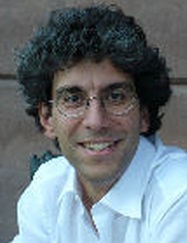 |
|
|
|
| Topic: | PassBrain: can brain waves be used to recognize people? |
| Abstract: |
Brain signals have been studied in depth mainly in relation to medical applications and more recently for brain-computer-interface and brain-machine-interface with both entertainment and rehabilitative applications. Only in the last few years the use of brain signals has been gaining popularity in the scientific community as biometric identifier. Despite some preliminary studies, which have demonstrated the feasibility of using electroencephalogram (EEG) as biometrics, many questions remain open and need a more deep and systematic investigation. Therefore in this talk we take a holistic approach critically analyzing and speculating about issues such as the level of EEG stability in time for the same user (intra-class variability), the user discriminability that EEG signals can guarantee (inter-class variability), the EEG permanence in time, and the relationship of these characteristics with the employed acquisition protocol (stimulus, electrodes displacement and number, etc.). State of the art EEG signal preprocessing and feature extraction techniques will be detailed. A comprehensive overview and a comparative analysis of the most recent proposed approaches will be also given. |
| Biography: |
Patrizio Campisi (Ph.D.) is Full Professor in Telecommunications with the dept. of Engineering, at the Universita degli Studi "Roma Tre", Roma, Italy. He is a Marie Curie Fellow. His research interests are in the area of biometrics, multimedia forensics, and multimedia communications. Specifically, he has been working on secure biometric recognition with emphasis on security and privacy issues in biometrics, forensic biometrics, high dynamic range image and video processing, digital watermarking, blind image deconvolution, stereo image and video processing, blind equalization of data signals, human machine interfaces, and secure communications. He is the editor of the book "Privacy and Security in Biometrics", SPRINGER, July 2013 and co-editor of the book "Blind Image Deconvolution: theory and applications", CRC press, USA, May 2007. He was Program co-Chair of "The 1st ACM Workshop on Information Hiding and Multimedia Security", June 2013, France and of the "Fourth IEEE Workshop in Information Forensics and Security", WIFS 2012, Dec. 2-5, 2012, Spain. He was the General Chair of the 12th ACM Workshop on Multimedia and Security, September 9-10, 2010, Italy. He is co-recipient of an IEEE International Conference on Image Processing 2006 (ICIP06) best student paper award, for the paper "Contour detection by multiresolution surround inhibition", of the IEEE Biometric Symposium 2007 best paper award for the paper "Biometric Signature Authentication using Radon Transform based Watermarking Techniques" and of an IEEE Second International Conference on Biometrics: Theory, Application and Systems 2008 best student paper award for the paper "Cancelable Biometrics for HMM-based signature Recognition ". He held visiting position at the Communication Laboratory of the University of Toronto, Canada, at the Beckman Institute, "University of Illinois at Urbana-Champaign", USA, at the University of Vigo, Spain, at Tampere University of Technology, Finland, and at the cole Polytechnique de I'Universite de Nantes, France. He is an Associate editor of IEEE Transactions on Information Forensics and Security. He has been Associate editor of IEEE Signal Processing Letters. He is currently Senior Associate editor of IEEE Signal Processing Letters. He is Associate editor of IET Biometrics. He is an elected member of the IEEE Information Forensics and Security Technical Committee. He is a member of IEEE Certified Biometric Program (CBP) Learning System Committee and a member of the IEEE Technical Committee on Information Assurance & Intelligent Multimedia- Mobile Communications, system, Man, and Cybernetics Society. He is an Associate editor of Advances in Multimedia by Hindawi. |
Professor Wan-Chi Siu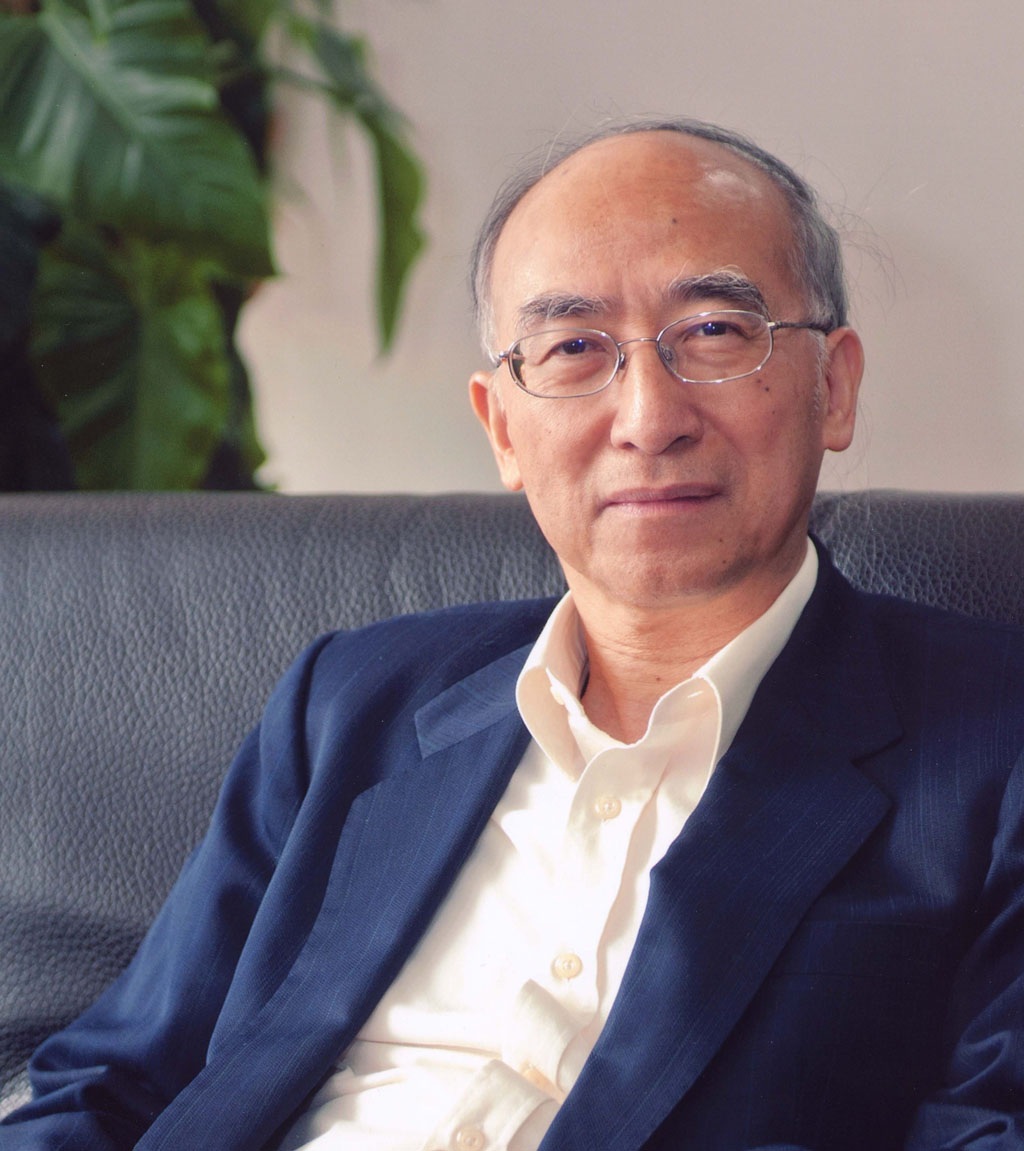 |
|
|
|
| Topic: | Challenges on Video Surveillance under Quality Expectations and Big Data Environment |
| Abstract: |
A modern digital monitoring system usually involves a large number of hi-tech components. These include video coding technologies (making use of, say, H.264 or HEVC codec), video recording system design, information retrieval, object recognition and object tracking. In this talk we start with highlighting some of our consultancy works on video surveillance which reveal the need for hi-tech video technologies for supporting quality video systems. We will then introduce some of our research work on video object recognition, video tracking and super-resolution videos. Our strategy on relating academic and industrial research will also be discussed. Moving towards high-resolution videos is certainly a trend, but adding new features, such as multi-view, 3D mosaicing and 3D videos, is yet another dimension of hi-tech development to achieve. It is also a great challenge to investigate the way to manage, process, store and retrieve the required information from the ever increasingly large amount of data acquired from hundreds of cameras. Fruitful demonstrations and illustrations will be included, and the presentation will end with brief ideas on future applications and new trends of video surveillance under the big data environment. |
| Biography: |
Porf. Wan-Chi Siu received the PhD degree from Imperial College of Science, Technology & Medicine in 1984, London, and is a Fellow of the IEEE, IET and HKIE. He has been working in the Hong Kong Polytechnic University for over 30 years and has become Chair Professor in the Department of Electronic and Information Engineering since 1992. Prof. Siu is now also Director of the Centre for Signal Processing, and was Head (EIE) and subsequently Dean of Engineering Faculty between 1994 and 2002 of the same university. Professor Siu is an expert in Digital Signal Processing, specializing in fast algorithms, video coding and pattern recognition. He has published over 400 research papers (out of which 180 appeared in international journals such as IEEE Transactions on Image Processing) and has 8 recent patents published or granted. His works on motion estimation, transcoding and DCT algorithms are well received by academic peers with high citations, and many of his research works have also been ported into industrial uses for hi-tech development in Hong Kong. Prof. Siu is a Vice President of the IEEE Signal Processing Society, Chairman of Conference Board and a core member of the Board of Governors (2012 - 2014). He is/was guest editor and associate editor of a number of IEEE and other journals, such as IEEE Transactions on Image Processing and IEEE Transactions on Circuits and Systems. He is a very popular lecturing staff member within the University, while outside the University he has been a keynote speaker of over 10 international/national conferences in the recent 10 years. He received many awards, such as Distinguished Presenter Award, the Best Teacher Award, the Best Paper Award and IEEE Third Millennium Medal. He is the General Chair and Technical Program Chair of several prestigious IEEE Society flagship international conferences (including ICIP'2010, ICASSP'2003 and ISCAS1997). He is the chairman of many assessment panels and committees for professional bodies. In particular, in 1993/94, he chaired the first Engineering and Information Technology Panel of the Research Assessment Exercise (RAE) to initiate some milestone basic measures on research quality and to assess the research quality of academia in universities, which gives a long-term impact to the development of quality research in Hong Kong. |
Professor Sin-Horng Chen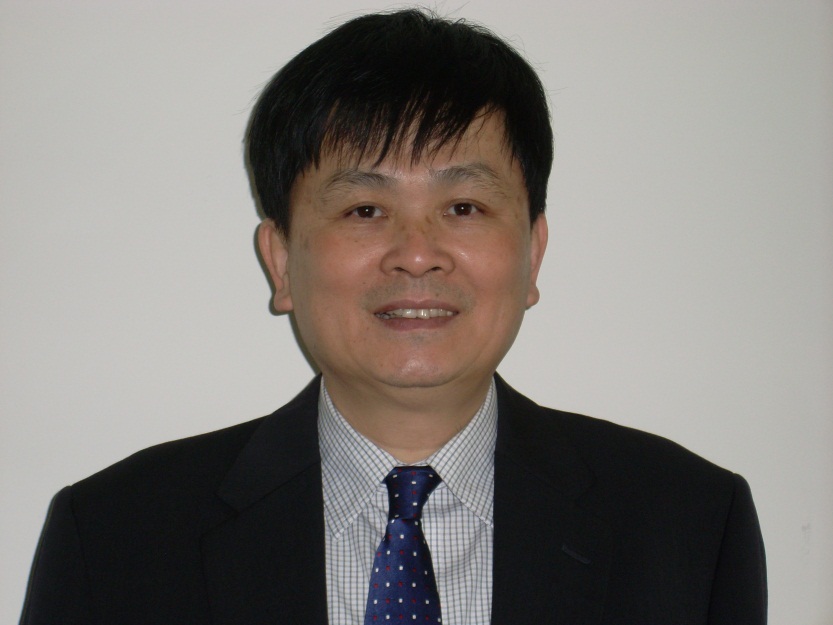 |
|
|
|
| Topic: | Mandarin Speech Prosody Modeling and its Applications to ASR and TTS |
| Abstract: |
Prosody is a suprasegmental feature of speech. Modeling of speech prosody can be used to assist in automatic speech recognition (ASR) for enriching the decoded transcriptions of the input speech signal and in text-to-speech (TTS) for inserting proper prosodic information to make the synthesized speech sound naturally. The talk presents a sophisticated prosody modeling approach for Mandarin speech. A hierarchical prosodic model is designed. An unsupervised modeling and labeling algorithm is developed to train the model from a prosody-unlabeled speech corpus. Three applications to prosodic information coding, prosody-assisted ASR and speaking-rate controlled TTS are demonstrated. Recent developments of prosody modeling will be reviewed. |
| Biography: |
Sin-Horng Chen received the B.S. degree in Communications Engineering and the M.S. degree in Electronics Engineering from National Chiao Tung University, Taiwan, in 1976 and 1978, respectively; and the Ph.D. degree in Electrical Engineering from Texas Tech University, US, in 1983. Since 1983, he has been with the faculty of National Chiao Tung University: 1983-1990, Associate Professor of the Department of Communications Engineering; 1990-present; Professor; 1985-1988 and 1991-1993, Chairman; 1993-1997, Head of Telecommunication Research Center; 2002-2008, Deputy Director of Microelectronics and Information System Research Center; 2010 - present, Dean of Electrical and Computer Engineering College. He also served as the Coordinator of Telecommunication Program of NSC in 2000-2002; the CEO of National Telecommunication Program/Networked Communication Program, NSC in 2002-2009; the Chairman of IEEE Communications Taipei Chapter in 1993-1995; the Chairman of IEEE Signal Processing Taipei Chapter in 1995-1997; and the Chairman of the Association for Computational Linguistics and Chinese Language Processing in 2006-1007. He received the Outstanding Research Award of NSC in 1994-1995 and 1997-1998; Outstanding EE Professor Award of Chinese Institute of Electrical Engineering in 2005; and Outstanding Engineering Professor Award of Chinese Institute of Engineering in 2007. His research interests are in the area of Speech Signal Processing especially in Mandarin speech recognition and text-to-speech. Currently, his research focuses on the modeling of Mandarin speech prosody. A sophisticated hierarchical prosodic model with automatic training algorithm has been developed. Some applications to prosodic information coding, speech recognition and text-to-speech were conducted. |